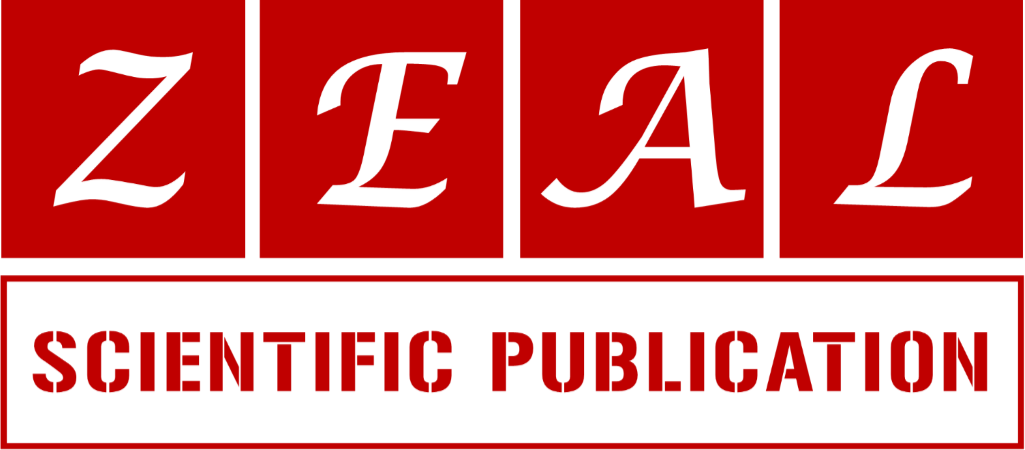The oxidation mechanism of Morphine with Antimony trichloride
Department of Organic Chemistry, Faculty of Chemistry, National Autonomous University of Mexico, Mexico City (CDMX), Mexico.
Research Article
World Journal of Chemical and Pharmaceutical Sciences, 2024, 04(01), 007–010.
Article DOI: 10.53346/wjcps.2024.4.1.0021
Publication history:
Received on 05 December 2023; revised on 28 January 2024; accepted on 31 January 2024
Abstract:
In this communication the oxidation route of morphine with antimony trichloride is provided. The deliquescent reagent is partially hydrolysed to antimonyl chloride with concomitant release of hydrogen chloride. The reactive species is obtained by protonation of the oxychloride. The electro donor phenol group in morphine forms an organometallic ester of gem-chlorohydrin type which eliminates hydrogen chloride. Protonation of the oxo-antimonite creates a δ+ at the aryl oxygen, favouring a nucleophilic reaction at ortho-position. Reaction of dichloro-hydroxy-antimony at this site produces a ketone and separation of antimony mono-hydroxide (Redox step). Aromaticity is recovered by enolization and the electro donor phenol gives rise to an ortho-quinone with separation of antimony mono-chloride and a chloride ion (Second redox step). Another cyclic reaction mechanism can operate involving five atoms. Finally, a bimolecular electron transfer yields two atoms of elemental antimony.
Keywords:
Antimonyl chloride; Dichloro-hydroxy-antimony; Gem-chlorohydrin; Organometallic ester; Oxo-antimonite; Reactive intermediates
Full text article in PDF:
Copyright information:
Copyright © 2024 Author(s) retain the copyright of this article. This article is published under the terms of the Creative Commons Attribution Liscense 4.0
